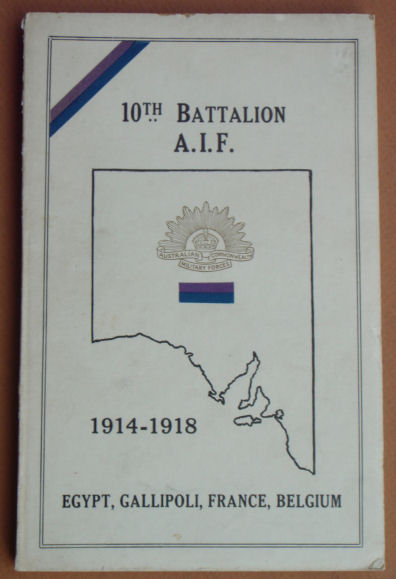Description
Title: Bloody Angle: Bullecourt & Beyond – 16th Battalion AIF 1914 – 19
Author: Gill, Ian
Condition: Mint
Edition: 1st Edition
Publication Date: 2008
ISBN: 9780975058817
Cover: Hard Cover with Dust Jacket – 715 pages
Comments: The history of the Sixteenth Battalion AIF during World War 1 – includes a biography of each soldier from the 16th Battalion.
The 16th Battalion AIF was raised from 16 September 1914, six weeks after the outbreak of the First World War. Three-quarters of the battalion were recruited in Western Australia, and the rest in South Australia. With the 13th, 14th and 15th Battalions it formed the 4th Brigade commanded by Colonel John Monash.
The South Australian and Western Australian recruits were united when the battalion trained together in Victoria. They embarked for overseas on Boxing Day. After a brief stop in Albany, Western Australia, the battalion proceeded to Egypt arriving in early February 1915. Australia already had an AIF division there, the 1st. When the 4th Brigade arrived in Egypt it became part of the New Zealand and Australian Division. The 4th Brigade landed at ANZAC late in the afternoon of 25 April 1915.
A week after the landing the 16th was thrown into the attack on Bloody Angle suffering many casualties. From May to August the battalion was heavily involved in establishing and defending the front line of the ANZAC beachhead, and in August the 4th Brigade attacked Hill 971. The hill was taken at great cost, although Turkish reinforcements forced the Australians to withdraw. The battalion served at ANZAC until the evacuation in December.
After the withdrawal from Gallipoli, the battalion returned to Egypt. While there the AIF expanded and was reorganised. The 16th Battalion was split and provided experienced soldiers for the 48th Battalion. The 4th Brigade was combined with the 12th and 13th Brigades to form the 4th Australian Division.
In June 1916 they sailed for France and the Western Front. From then until 1918, the battalion took part in bloody trench warfare. Its first major action in France was at Pozières in the Somme valley, where Private Martin O’Meara won the battalion’s first Victoria Cross. The battalion spent much of 1917 in Belgium advancing to the Hindenburg Line. The battalion, along with most of the 4th Brigade, suffered heavy losses at Bullecourt in April, when the brigade attacked strong German positions without the promised tank support. In March and April 1918, the battalion helped to stop the German Spring offensive. At Hamel in June, Lance Corporal Tom Axford was awarded the battalion’s second Victoria Cross. The battalion participated in the great allied offensive of 1918, fighting near Amiens on 8 August 1918. This advance by British and empire troops was the greatest success in a single day on the Western Front, one that German General Erich Ludendorff described as ‘..the black day of the German Army in this war…’. In late August Lieutenant L. D. “Fats” McCarthy won what became known as the “super VC”.
The battalion continued operations until late September. At 11 am on 11 November 1918, the guns fell silent. In November 1918, members of the AIF began to return to Australia for demobilisation and discharge.
Includes a detailed biography of award recipients.
Includes Nominal Roll




